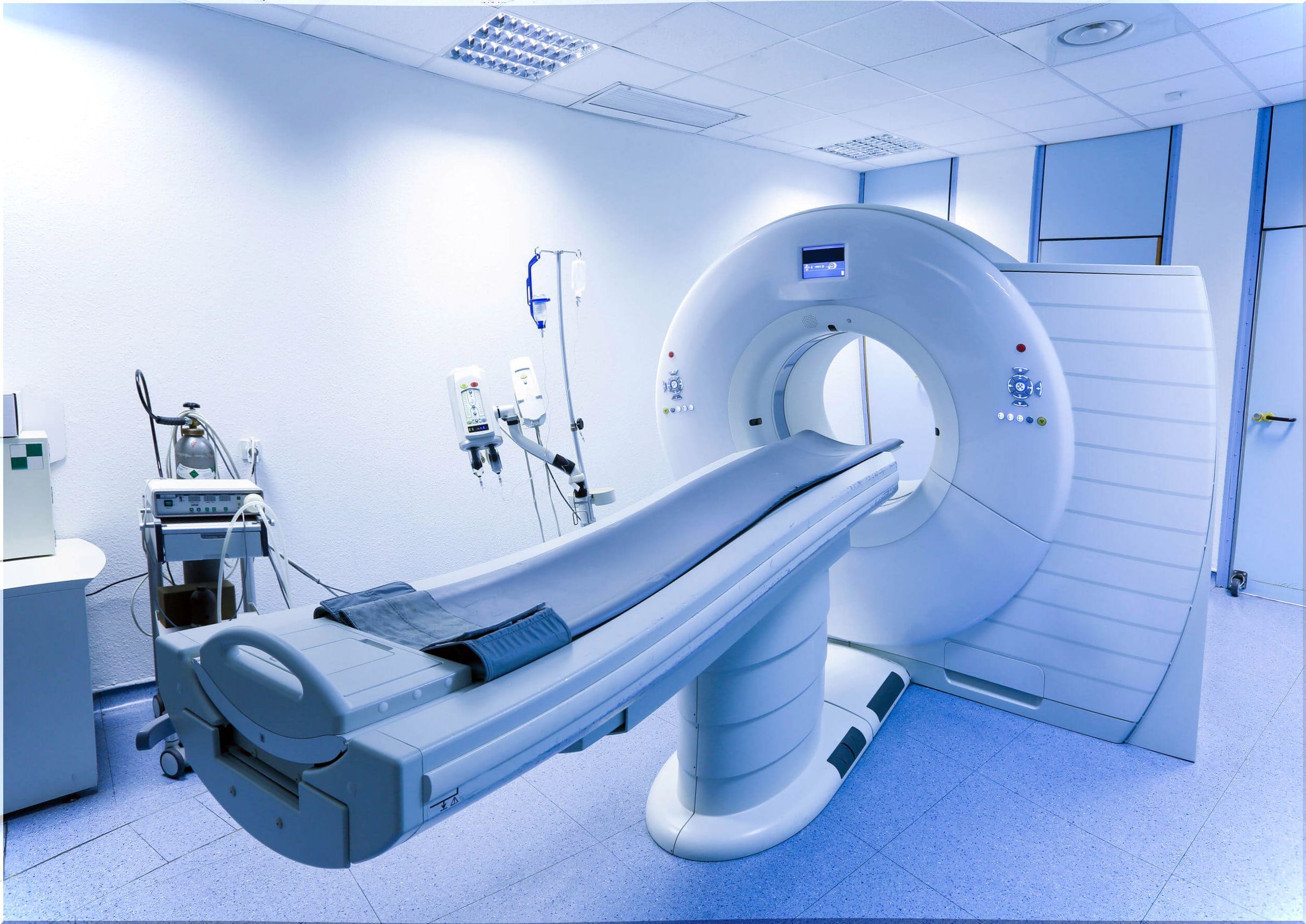Intra-abdominal Abscess: What Are They?
Intra-abdominal abscesses are collections of pus located inside the abdominal cavity. They can be located anywhere in the abdomen.
They usually form after surgery, trauma, or diseases involving infection or abdominal inflammation, particularly when peritonitis or perforation occurs.
Causes of intra-abdominal abscesses

According to the scientific literature, some of the causes of intra-abdominal abscesses are the following:
- Severe abdominal trauma.
- Infections that appear in the postoperative period of abdominal surgery.
- Infections caused by inflammation of organs such as the gallbladder or appendix, or by perforation of the small or large intestine.
Symptoms
The most common symptoms of intra-abdominal abscesses are general malaise, fever, and abdominal pain. Occasionally, on physical examination, masses may be felt in the abdomen.
Intra-abdominal abscesses can form within 1 week of the perforation or peritonitis. However, postoperative abscesses may not appear until 2-3 weeks after surgery, and rarely for several months afterward.
Although the symptoms are variable, most abscesses present with fever and abdominal pain. Symptoms can be mild or severe, nausea, anorexia, and weight loss are common.
However, other types of abscesses, such as the pouch of Douglas, can cause diarrhea. In addition, proximity to the bladder can cause urgency and frequency.
Subphrenic abscesses can also cause chest symptoms, such as a non-productive cough, chest pain, and dyspnea. Usually there is tenderness over the abscess site. Large abscesses can be felt as a mass.
Types of intra-abdominal abscesses
Intra-abdominal abscesses are classified as intraperitoneal, retroperitoneal, or visceral . Many intra-abdominal abscesses appear after perforation of a viscus or colon cancer.
Others are formed by extension of infection or inflammation secondary to conditions such as appendicitis, diverticulitis, Crohn’s disease, pancreatitis, pelvic inflammatory disease, or any disorder that causes generalized peritonitis.
Abdominal surgery, particularly that affecting the digestive system, is another significant risk factor. The peritoneum can become contaminated during or after surgery.
Undrained intra-abdominal abscesses can lead to damage to adjacent structures and vessels, which can lead to bleeding or thrombosis.
They can also rupture into the intestine or peritoneum and even form a cutaneous or genitourinary fistula. However, a lower abdominal abscess can descend into the thigh.
Diagnosis

Diagnosis is made by performing a computerized axial tomography . This technique allows you to select the best route to drain and treat the infection.
MRI is another highly accurate imaging test that is done in some situations. However, there are other simpler tests such as abdominal ultrasound, although the quality of the images is not as good as that of the other tests.
Treatment
Treatment includes the use of antibiotics and percutaneous or surgical drainage. Almost all intra-abdominal abscesses require drainage, either by percutaneous catheters or surgery.
Catheter drainage may be appropriate when cavities in the abscess are large and when the drainage path does not pass through the uncontaminated intestine, organs, pleura, or peritoneum.
In addition, the use of drainage is appropriate when the origin of the infection is controlled and the pus is liquid enough to circulate through the catheter.
Antibiotics can limit the spread of infection through the blood and should be administered before and after the procedure. Treatment requires drugs that are active against the intestinal flora, such as gentamicin and metronidazole.
In summary, the treatment of intra-abdominal abscesses consists of draining the purulent contents, accompanied by the administration of antibiotics.
Drainage is done through the skin, using percutaneous drainage, and can be done guided by imaging tests such as ultrasound. In some more serious cases, a surgical drain may be necessary, which requires an operation in the operating room.









